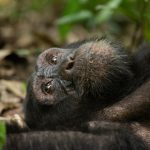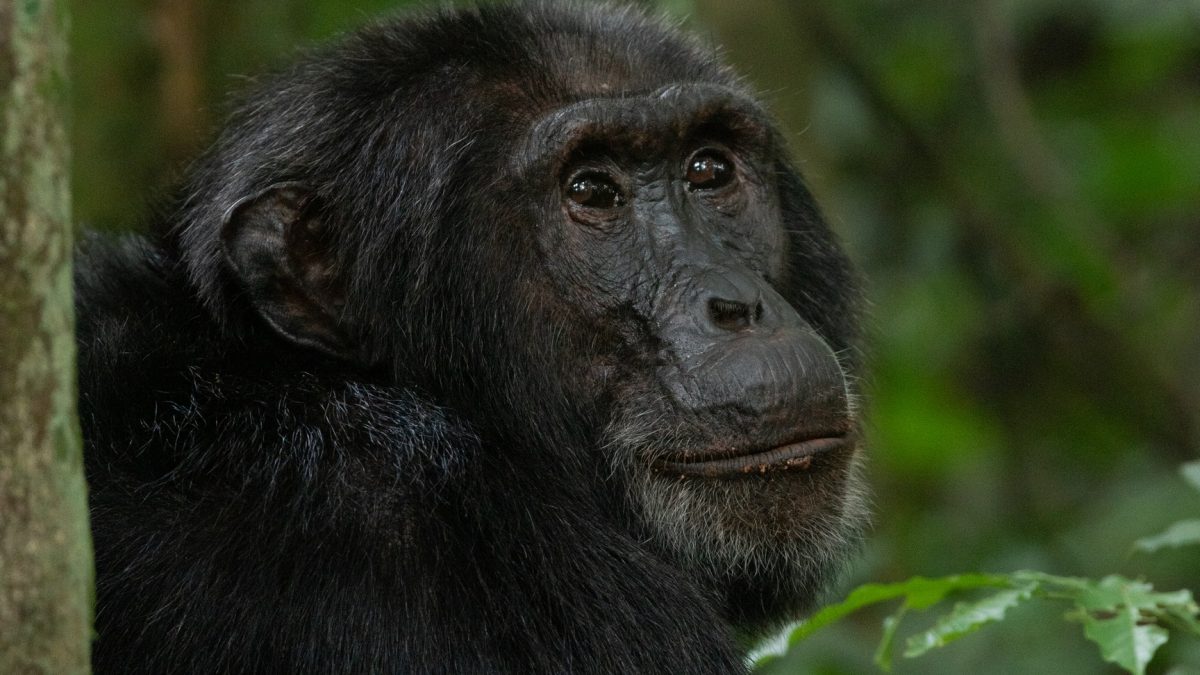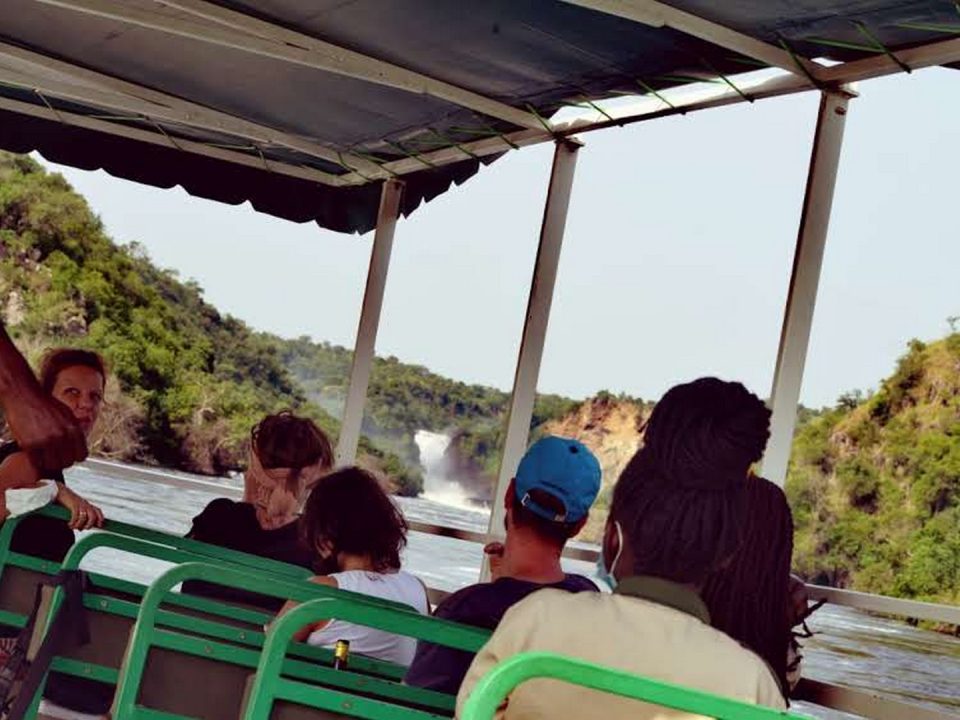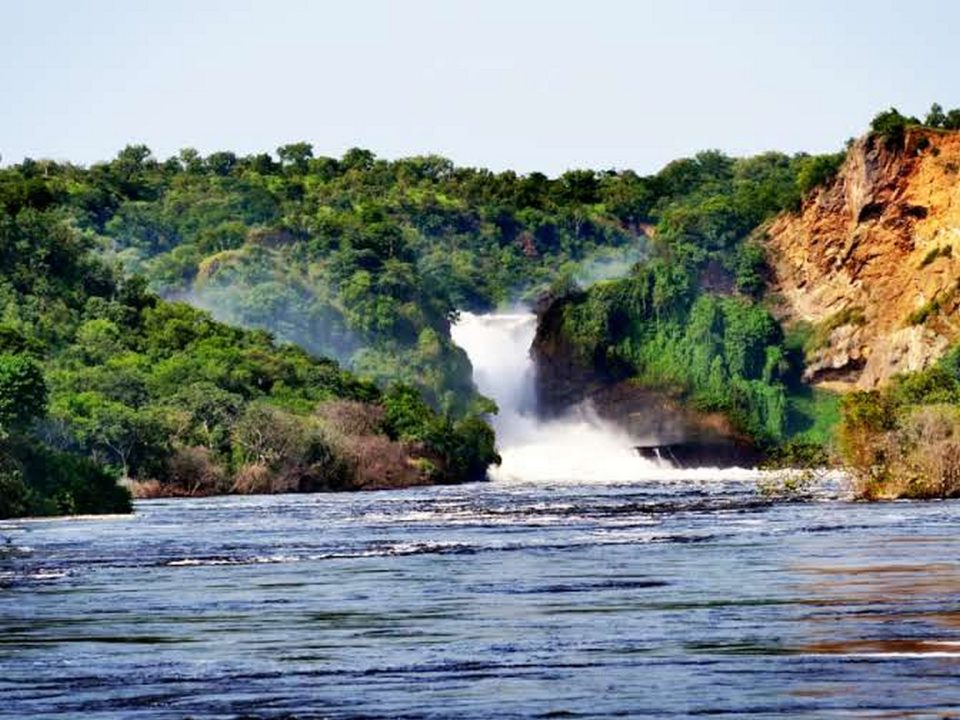
Are Walking Sticks Provided for Chimpanzee Tracking in Rwanda?
March 19, 2025
How Many Chimpanzee Families Are Available for Tracking in Rwanda?
March 20, 2025What is the Difference Between Chimpanzee Tracking and Gorilla Trekking in Rwanda?
What is the Difference Between Chimpanzee Tracking and Gorilla Trekking in Rwanda? Rwanda, often referred to as the “Land of a Thousand Hills,” is a gem for wildlife enthusiasts, offering unforgettable wildlife experiences. Among the country’s top wildlife activities are chimpanzee tracking and gorilla trekking—two distinct, yet equally captivating, adventures. While both activities allow visitors to observe some of the world’s most endangered and intelligent primates, they offer different experiences in terms of environment, difficulty, and wildlife interaction. In this article, we compare chimpanzee tracking and gorilla trekking in Rwanda to help you understand the key differences between these two extraordinary experiences.
Understanding Gorilla Trekking in Rwanda
Rwanda is globally renowned for its gorilla trekking experiences. The country is home to Volcanoes National Park, one of the last remaining habitats for the endangered mountain gorillas. The park is located in the Virunga Mountains, a stunning range that straddles the borders of Rwanda, Uganda, and the Democratic Republic of Congo (DRC). This is where the magic of gorilla trekking happens.
The Gorilla Trekking Experience
Gorilla trekking involves venturing into dense forests to track and observe mountain gorillas in their natural habitat. The trekking can be physically challenging, as it often requires walking for several hours through rugged terrain, sometimes climbing steep hills and traversing muddy paths. However, once the gorillas are found, the rewards are extraordinary. Trekkers are typically allowed to spend one hour in close proximity to the gorillas, watching them interact with each other, feed, and play. The experience is deeply immersive and emotional, offering a chance to witness these magnificent creatures up close.
Mountain gorillas are calm and gentle animals, but it is essential to maintain a safe distance of 7 meters (21 feet), as they are susceptible to human diseases. Guided by experienced rangers, visitors can learn about the gorillas’ social structure, behaviors, and the conservation efforts aimed at preserving their dwindling population.
Understanding Chimpanzee Tracking in Rwanda
Chimpanzees are another fascinating primate species found in Rwanda, specifically in Nyungwe Forest National Park in the southwestern part of the country. The park is one of the oldest and most biodiverse rainforests in Africa, home to over 13 species of primates, including the chimpanzee. Chimpanzee tracking in Rwanda offers an entirely different experience compared to gorilla trekking.
The Chimpanzee Tracking Experience
Chimpanzee tracking involves walking through the lush, tropical rainforests of Nyungwe National Park to find and observe chimpanzees in their natural habitat. Unlike gorilla trekking, which often involves hiking through more mountainous terrain, chimpanzee tracking requires trekkers to navigate dense forest paths, sometimes crossing streams and moving through swampy areas. The trek can be physically demanding, but it is generally less strenuous than gorilla trekking.
Once the chimpanzees are located, visitors typically spend up to one hour observing them in their natural environment. Chimpanzees are incredibly intelligent and social animals, and during a tracking session, trekkers can witness their complex interactions, grooming, and feeding behaviors. While the experience offers a close encounter with these fascinating primates, the interaction is generally more dynamic and energetic compared to the more relaxed and serene nature of gorillas.
Key Differences Between Chimpanzee Tracking and Gorilla Trekking
While both chimpanzee tracking and gorilla trekking offer extraordinary opportunities to connect with wildlife, they differ in several key aspects:
Location and Terrain
- Gorilla Trekking: Takes place in the Volcanoes National Park in the northern part of Rwanda, a mountainous area with dense forests, steep slopes, and dramatic views. The trekking terrain can be challenging, especially when the gorillas are located at higher altitudes.
- Chimpanzee Tracking: Occurs in Nyungwe Forest National Park, located in the southwestern part of Rwanda. Nyungwe is a tropical rainforest with a rich ecosystem, including swamps, streams, and dense vegetation. While still physically demanding, chimpanzee tracking typically involves less challenging terrain than gorilla trekking.
Physical Difficulty
- Gorilla Trekking: The trek can be strenuous due to the hilly terrain and unpredictable weather conditions. Depending on the location of the gorillas, trekkers may need to hike for several hours, sometimes in rain or mud. The altitude can make the trek more difficult for those with limited fitness.
- Chimpanzee Tracking: While chimpanzee tracking also involves hiking through dense forest, it tends to be less physically taxing than gorilla trekking. The terrain is generally flatter and more forgiving, but trekkers may still encounter challenges such as crossing streams or navigating through swampy areas.
Wildlife Interaction
- Gorilla Trekking: The interaction with gorillas is typically calmer and more serene. Once you encounter a gorilla group, you can observe them in a relaxed setting as they feed, groom each other, and play. Gorillas are generally less active than chimpanzees, allowing trekkers to enjoy a more peaceful and contemplative experience.
- Chimpanzee Tracking: Chimpanzees are highly active, and their behavior can be much more dynamic. You might witness them swinging through trees, engaging in playful fights, or interacting with each other in a loud and energetic manner. Chimpanzees are often more curious and may move quickly through the forest, requiring trekkers to keep pace.
Group Sizes and Interaction Time
- Gorilla Trekking: Typically involves tracking a specific family group of mountain gorillas, which usually includes around 8-20 individuals. The interaction time is generally one hour, during which trekkers can observe the gorillas at close range while maintaining a safe distance.
- Chimpanzee Tracking: Chimpanzee groups in Nyungwe Forest are usually larger, sometimes numbering up to 100 individuals. However, chimpanzees tend to move around more than gorillas, so encounters can sometimes be shorter and less predictable. Like gorilla trekking, you are allowed to spend one hour with the chimpanzees.
Cost and Availability
- Gorilla Trekking: Gorilla trekking permits are generally more expensive than chimpanzee tracking permits. The cost of a gorilla trekking permit in Rwanda is typically higher due to the intensive conservation efforts and the relatively small number of mountain gorillas remaining. As a result, there are limited permits available each day, making advanced booking essential.
- Chimpanzee Tracking: Chimpanzee tracking permits are more affordable than gorilla trekking permits. While still a unique experience, chimpanzee tracking is generally more accessible and allows for a larger number of trekkers per day.
Conservation Efforts
- Gorilla Trekking: The conservation of mountain gorillas has seen significant success in Rwanda. The government has implemented effective anti-poaching measures and community outreach programs, and the funds generated from gorilla trekking permits directly support these efforts. The mountain gorilla population has steadily increased in recent years, although they remain critically endangered.
- Chimpanzee Tracking: While chimpanzees are also an endangered species, their population is not as severely threatened as the mountain gorillas. Conservation efforts in Rwanda focus on habitat protection, anti-poaching measures, and sustainable tourism. The chimpanzee population in Nyungwe is healthy, but ongoing efforts are necessary to ensure their long-term survival.
Conclusion: Which Experience is Right for You?
Both chimpanzee tracking and gorilla trekking offer unparalleled opportunities to experience the majesty of Africa’s primates, but the choice between the two ultimately depends on your preferences. If you are seeking a more physically challenging experience with a profound sense of connection to one of the world’s most endangered animals, gorilla trekking is likely the right choice. On the other hand, if you are interested in observing highly energetic and social animals in the lush rainforest with a slightly less strenuous trek, chimpanzee tracking offers a rewarding experience.
At Deks Safaris & Tours Ltd., we specialize in crafting memorable wildlife experiences. Whether you choose chimpanzee tracking or gorilla trekking, we ensure that your adventure in Rwanda is safe, enjoyable, and full of unforgettable moments.





